Description
Biombos Namban | Namban Screens
Mendes Pinto, Maria Helena
Museu Nacional de Arte Antiga Lisboa, Lisboa, 1993.
Capa mole com ilustração editorial e abas | Pictorial Paperback with flaps. 76 [7] páginas | pages. 24 x 26,5 x 1 cm.
4ª edição | 4th Edition
Profusamente Ilustrado com fotografias dos biombos e 4 desdobráveis dos mesmos | Profusely illustrated with colour and b/w plates, some full page and 4 fold outs of the screens.
Livro em estado de novo | Brand new, mint condition book
Idioma | Language: Inglês | English
Idioma | Language: Português | Portuguese
(Texto paralelo | English-Portuguese parallel text)
Atenção: Texto introdutório ainda em elaboração! Texto presente de sítios Internet editoriais
Please note: Introductory text still in preparation! Present text from editorial websites
PT
Profusamente ilustrado com pormenores dos biombos produzidos e importados do Japão pelos portugueses e com imagens do contacto entre europeus e orientais na época das Descobertas, quatro dos quais sobre desdobráveis. Obra de vulgarização histórico-cultural subordinada ao estudo de um dos elementos mais importantes das artes ornamentais japonesas, o biombo, particularmente os Biombos Nambam, reflexo alegórico e simbólico onde transparece a narrativa do encontro entre Portugal e o Japão, no século XVI. Documenta resumidamente a história deste objecto decorativo, distinguindo os biombos do Museu atribuídos a Kano Domi (1593-1600) e a Kano Naizen (1603-1610 (?), apresentando por ordem cronológica vários trechos de fontes do século XVI a XVII que a ele se referem e pormenores dos biombos do Museu, acompanhados de comentários.
ENG
A detailed account of these famous Japanese screens, depicting Portuguese travellers, especially those attributed to Kano Domi, 1593-1600, and Kano Naizem, 1603-1610.
“Japan has shown itself to have a singular individual character within the varied panorama of Oriental Art. One of its more important facets being the way it has assimilated different cultures, including the one the Portuguese spread throughout the world in the sixteenth century. Of the decorative arts pertaining to that period in Japan, one object — the screen — is outstanding. Besides forming part of the daily life of the Japanese people, the screens of the period give us an insight into the aesthetic standards prevailing at the time of the historic meeting between Europe and the Far East, which occurred with the first encounters of the Portuguese and Japanese in the early 1540’s. Namban screens are an allegoric and symbolic reflection of that meeting, and the unfolding of real events is evident in them. . The paintings on the screens in the Museu Nacional de Arte Antiga belong to a traditional style typical of the so-called city painters, resulting from yet one more facet of the phenomenon of assimilating Chinese art in Japan.” (p. 5).


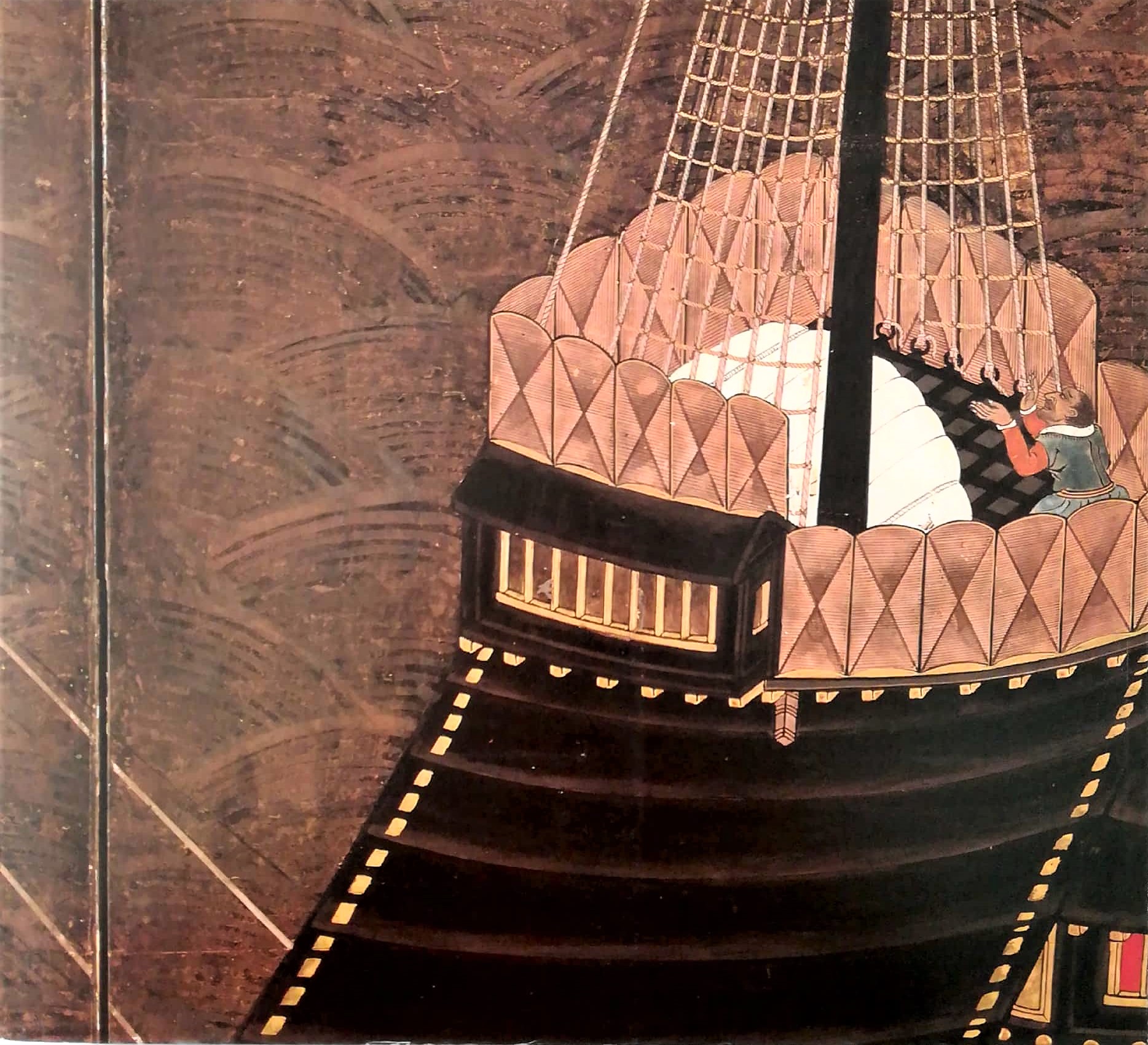



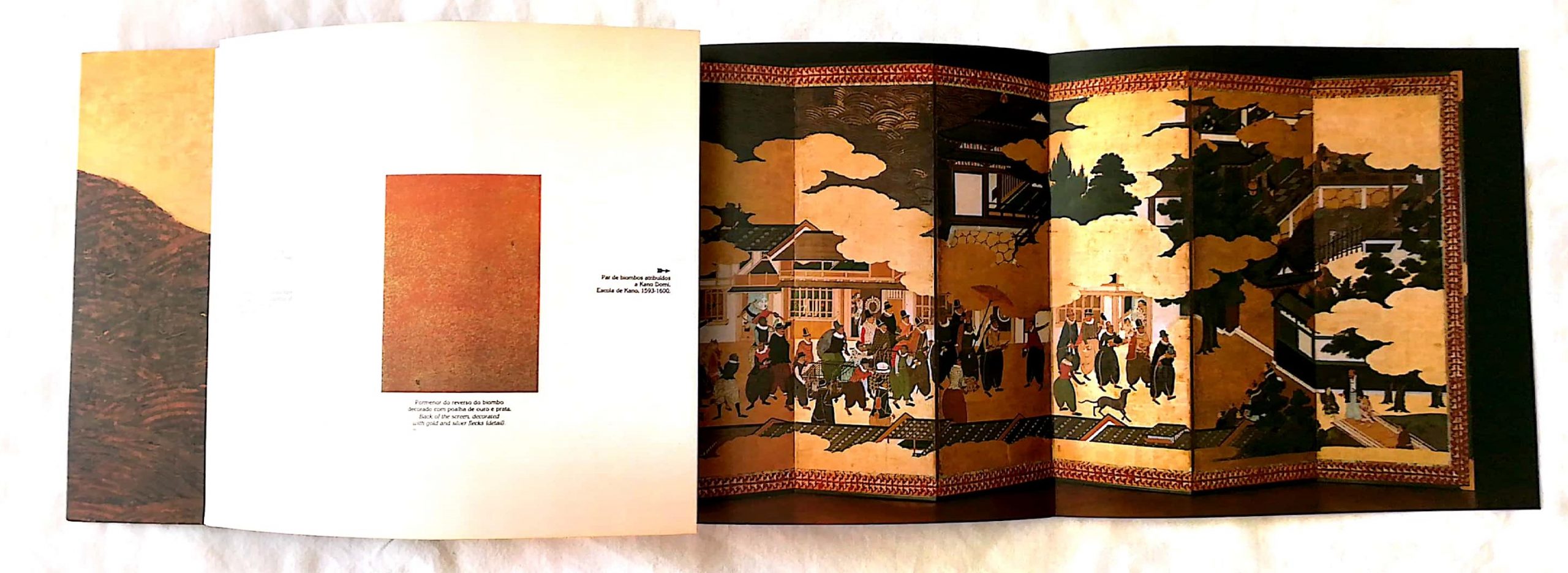



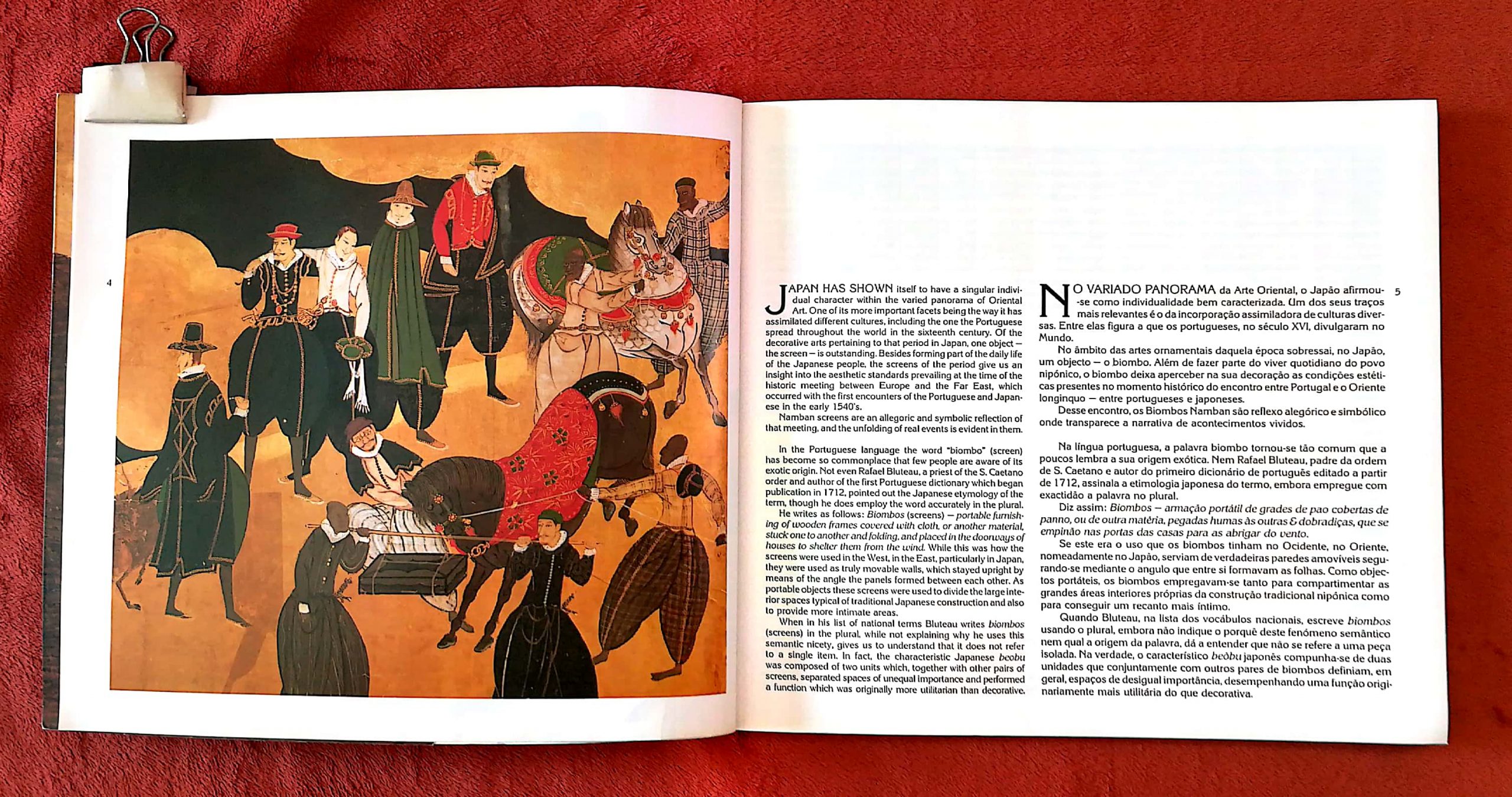


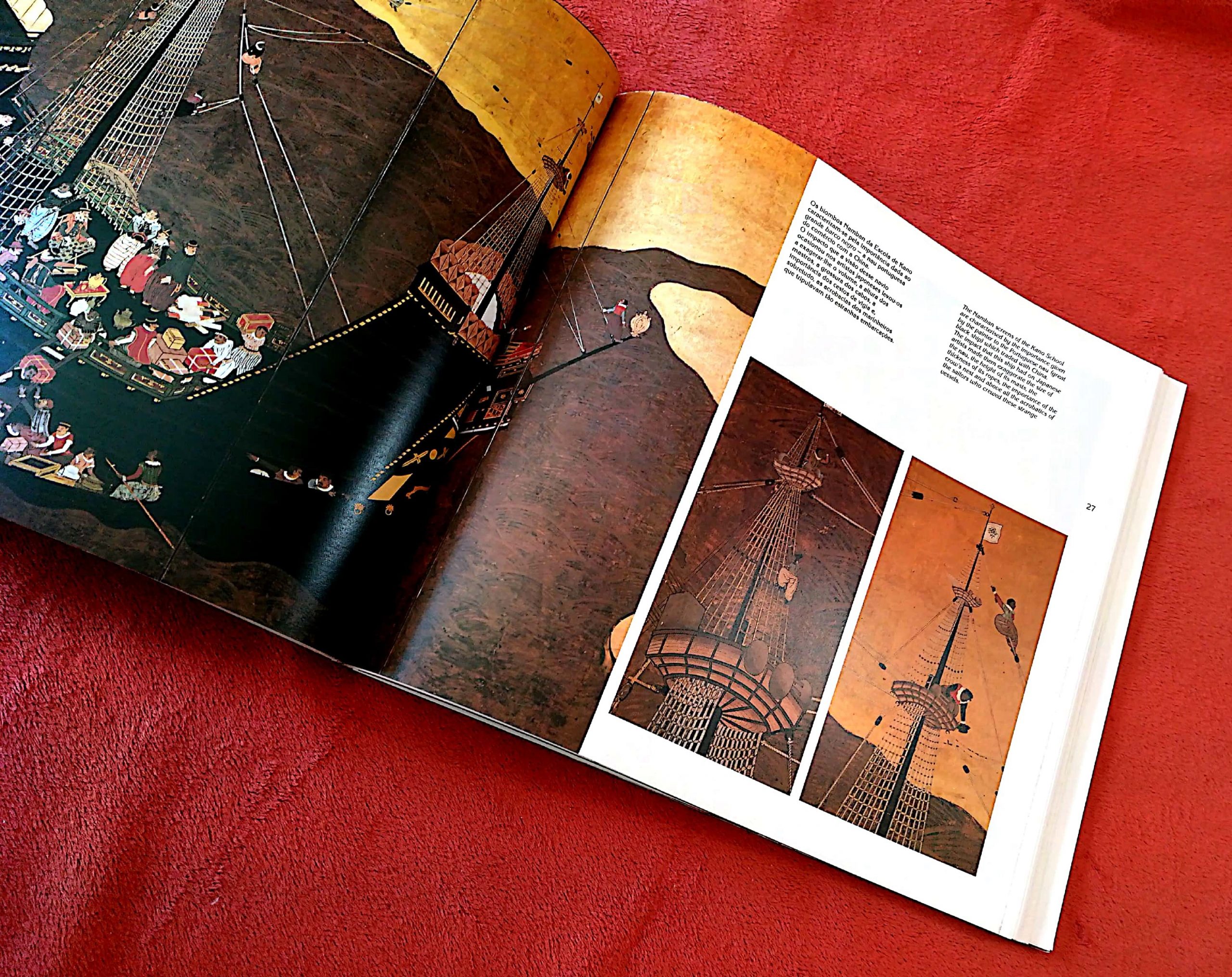

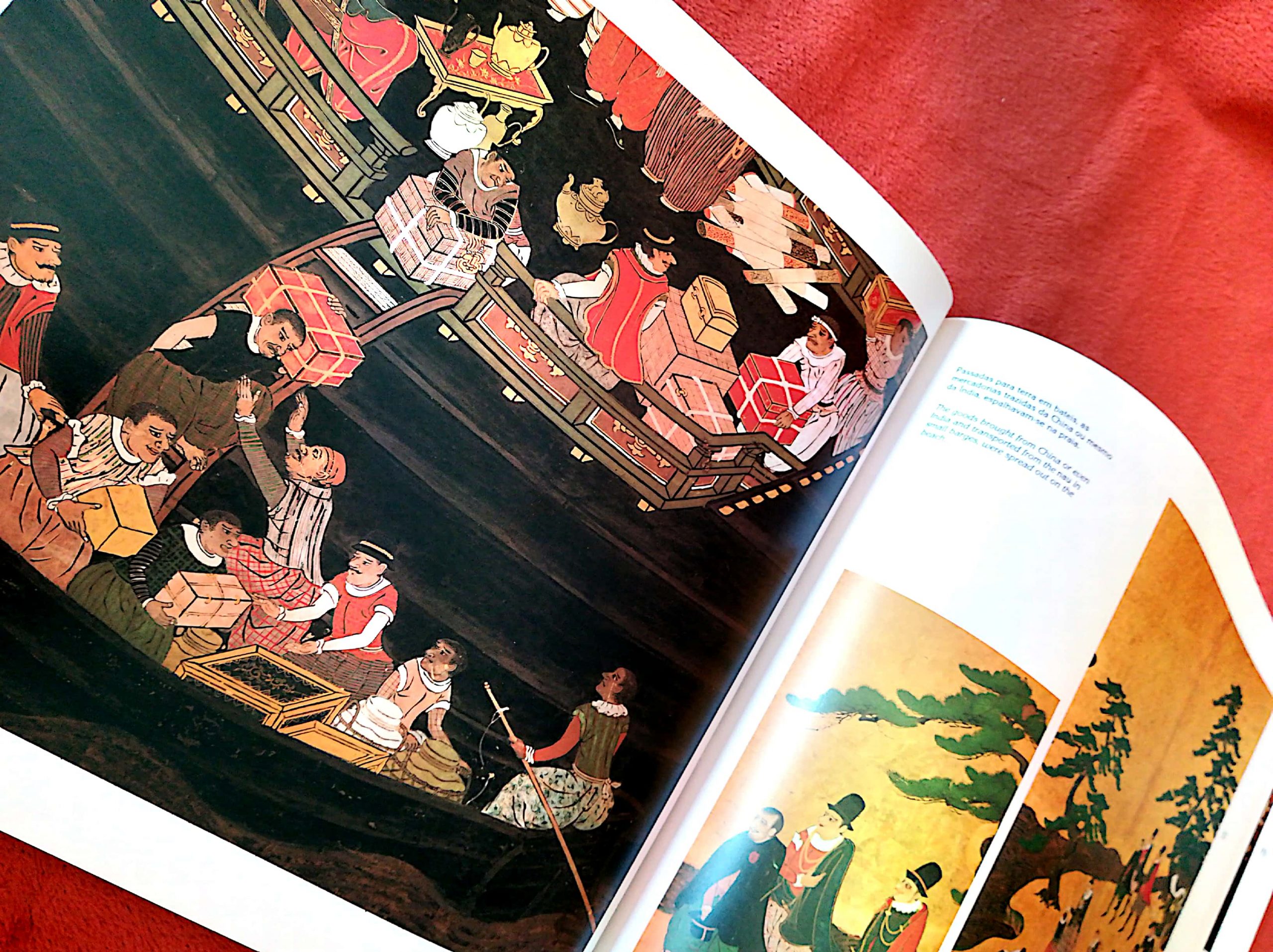

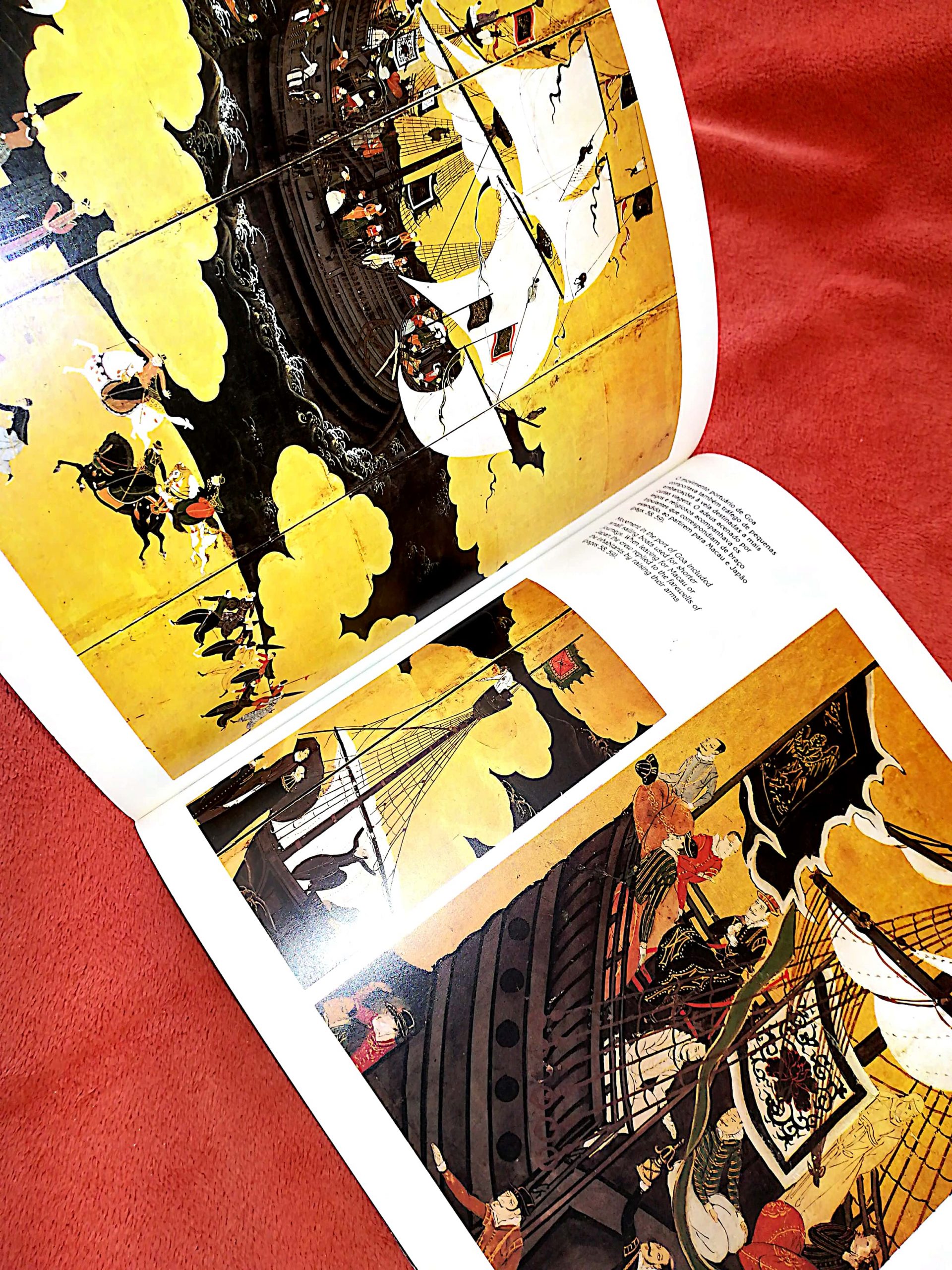
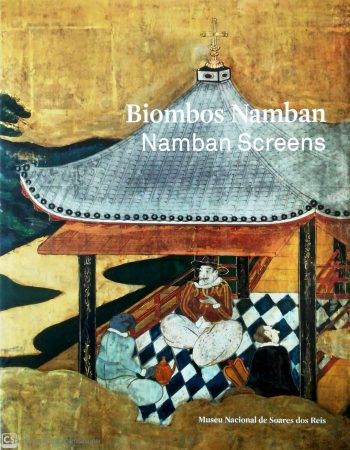



Reviews
There are no reviews yet.